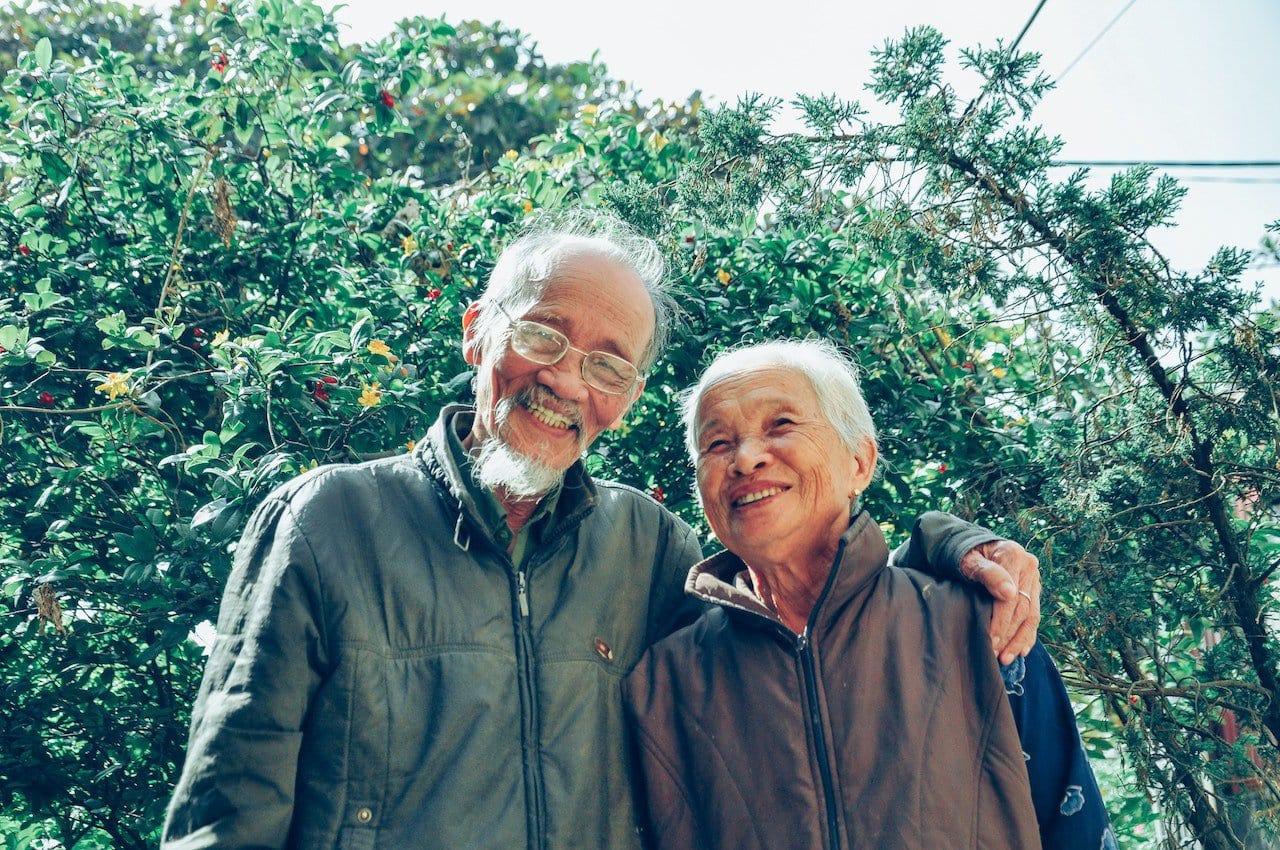Research suggests that people in so-called “Blue Zones” are world regions that may have far higher than average life expectancy than elsewhere. Although many factors may contribute to longevity, all Blue Zones have five characteristics: an emphasis on family, a smoking-free culture, an active lifestyle, rich social lives, and a healthy, mostly plant-based diet that relies heavily on legumes. The Blue Zones diet, in particular, has been the object of study since the term was coined nearly two decades ago. Some believe the diet could promote long life outside the zones. Of course, there is no one size fits all way of healthy eating, including the Blue Zones diet. But taking tips from the diet could help you reach your health goals.

People in Blue Zones May Live Longer, Healthier Lives
The Blue Zones diet is based on the eating habits of people in geographic regions where people are believed to live longer than anywhere else on Earth. While global life expectancy is around 73, in Blue Zones, people routinely live past 90 and even 100 years. The zones have the highest concentration of centenarians—people aged 100 and up—in the world and nearly ten times the rate of the U.S. The five Blue Zones are Okinawa, Japan, Sardinia, Italy, Nicoya, Costa Rica, Ikaria, Greece, and Loma Linda, California. Despite the apparent differences in culture, religion, and societal makeup in these regions, they share surprising similarities in diet that researchers noticed and investigated further. Several studies have found that, on the whole, Blue Zones communities aren’t just living longer. They also appear to be far healthier for much longer than other populations. That research was the basis of the Blue Zones diet, developed by taking the dietary traditions that these diverse zones have in common.
